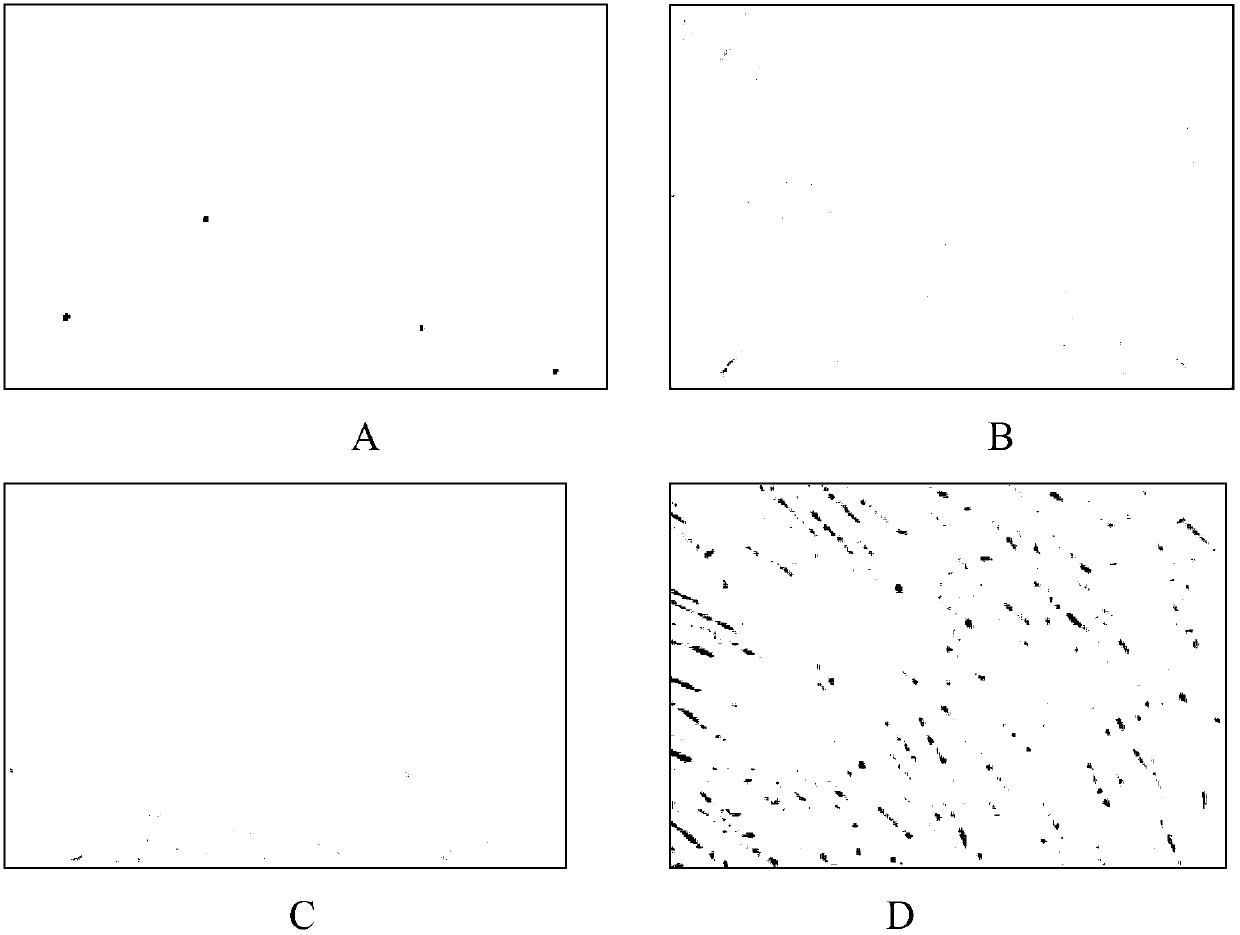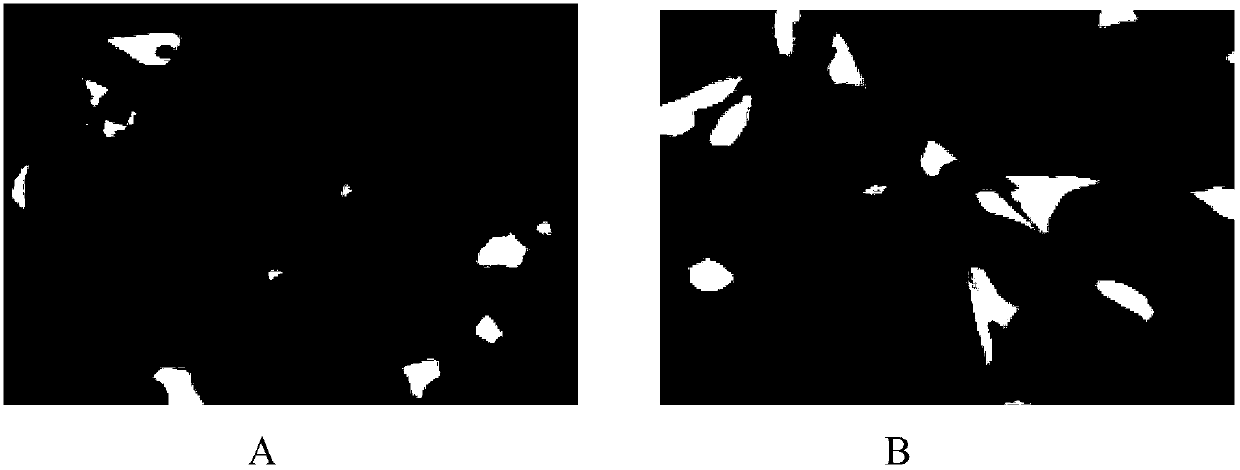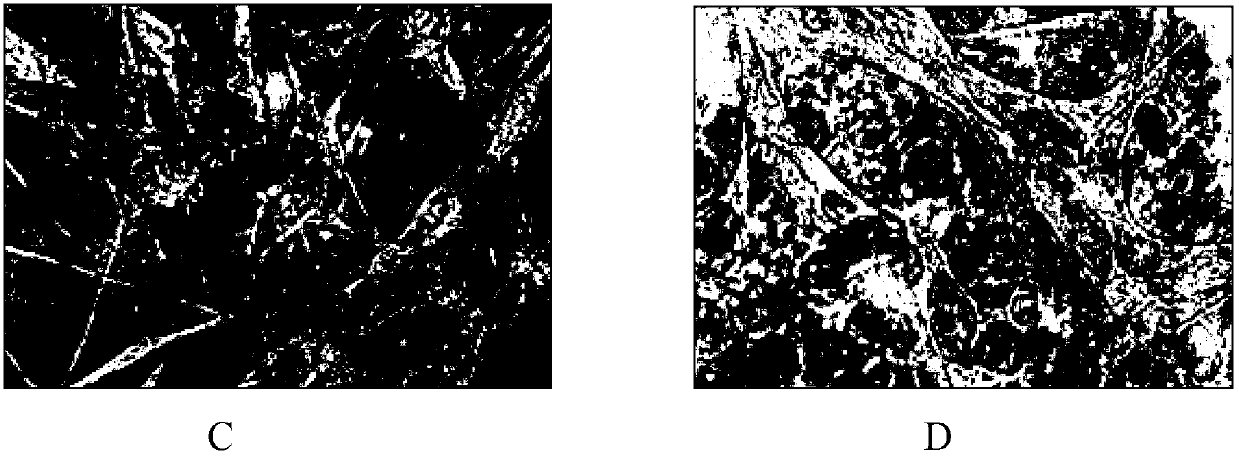Method for differentiating synovium mesenchymal stem cells (SMSCs) to chondrocytes through in-vitro adenovirus mediated BMP-2/7 gene coexpression induction
A BMP-2, mesenchymal stem cell technology, applied in the field of biomedicine, can solve the problems of high price, easy degradation and inactivation
- Summary
- Abstract
- Description
- Claims
- Application Information
AI Technical Summary
Problems solved by technology
Method used
Image
Examples
Embodiment 1
[0030] Embodiment 1:1 materials and methods
[0031] 1.1 Experimental animals and main reagents and instruments
[0032] Six 3-month-old SPF grade New Zealand white rabbits, male or female, with an average weight of 2.1±0.3kg; 2-week-old SPF grade NOD / SCID nude mice, male or female, 20.4±0.5g; all provided by Slack, Chinese Academy of Sciences Provided by Experimental Animal Center.
[0033] H-DMEM, 2.5g / L trypsin / EDTA (GIBCO / BRL company, USA); dexamethasone, ascorbic acid-2-phosphate, L-proline, pyruvate (Sigma company, USA); TGF-β 3 , Insulin (insulin), ITS+Premix (R&D company, USA); FBS (HyClone company, USA); Trizol (Invitrogen company, USA); Oligo dt, dNTP, DEPC and various PCR primers (Injun Biotechnology Co., Ltd., China); reverse transcriptase MmLV (Fermentas, Canada); rTaq DNA synthetase, 100bp DNALadder (Takara, Japan); type I collagen, type II collagen IgG (Monosan, USA); CD34, CD44, CD45, CD90, CD14, CD19, CD73, CD105, CD29 and HLA-DR (human leukocyte DR antigen...
PUM
| Property | Measurement | Unit |
|---|---|---|
| weight | aaaaa | aaaaa |
Abstract
Description
Claims
Application Information
 Login to view more
Login to view more - R&D Engineer
- R&D Manager
- IP Professional
- Industry Leading Data Capabilities
- Powerful AI technology
- Patent DNA Extraction
Browse by: Latest US Patents, China's latest patents, Technical Efficacy Thesaurus, Application Domain, Technology Topic.
© 2024 PatSnap. All rights reserved.Legal|Privacy policy|Modern Slavery Act Transparency Statement|Sitemap



